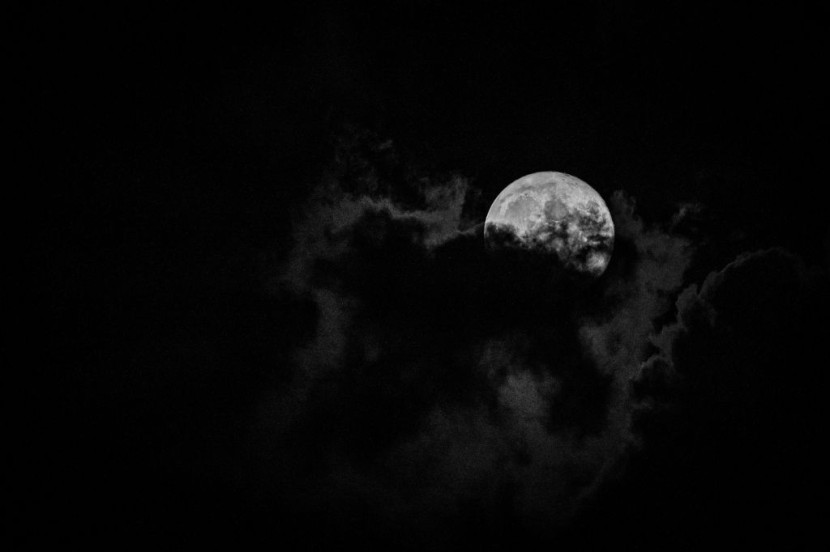
China plans three more moon missions after authorities claimed that they have discovered a new type of mineral on the lunar surface during its space mission.
Officials are looking into sending more unmanned missions to the moon in the next decade as China seeks to rival the United States in the new era of space exploration. China's National Space Administration, the equivalent of NASA, received approval to send three orbiters to the moon.
Discovery of a New Mineral
They will be part of the Chang'e lunar program, said Lui Jizhong, an official with the China Lunar Exploration Space Program Center. The announcement came the day after authorities said that they discovered a new mineral on the moon's surface via samples retrieved by the Chang'e-5 mission.
The new mineral, named Changesite-(Y), was described by the state-run Xinhua news agency as a kind of colorless transparent columnar crystal. It is said to contain helium-3, an isotype that has been speculated as a future energy source, as per Mining.
China has ramped up its ambitions in space in the last few years, sending probes to the moon, building its own space station, and setting its sights on Mars. These are plans that have put it in direct competition with the U.S.
Currently, NASA has a rover on the Red Planet and is seeking to put astronauts on the moon again later this decade. Both countries are eyeing the moon's minerals with space mining expected to be the next source of tensions.
According to Yahoo News, Chinese officials have ordered the acceleration of efforts in space exploration with the construction of its latest space station. They also launched a number of missions to collect moon samples and put a rover called Zhurong on Mars earlier this year to rival NASA.
China's Future Moon Missions
However, the United States remains the only country to put astronauts on the moon, with the last landing almost 50 years ago in the Apollo 17 mission. The Apollo 11 mission was the first to bring samples from another planet back to Earth in July 1969 where it carried roughly 22 kilograms of material from the lunar surface.
China's Chang'e-6 probe, which has served as a backup for the Chang'e-5 with a sample retrieval capability, will soon travel to the far side of the moon. Liu added that the module has been basically completed.
The official noted that the Chang'e-7 probe is currently under development and the mission will subsequently explore the moon's South Pole region, and establish a basic structure for the ILRS.
The chief designer of China's lunar exploration program, We Weiren, was asked why the country was looking at the South Pole region for the building of ILRS. He said that the temperature on the far side of the moon can reach -200 degrees Celsius and the near side can mount to 200 degrees Celsius, neither of which are suitable for long-term human activities.
Furthermore, the South Pole region is also subject to the polar day night phenomenon, during the polar day, there would be more than 180 days of continuous daylight. This would support long-term work on the moon's surface and explains why it was intended to build the station there, the Global Times reported.
Related Article:
NASA's $330 Million DART Spacecraft Catches First Look of Target Asteroid
© 2026 HNGN, All rights reserved. Do not reproduce without permission.








